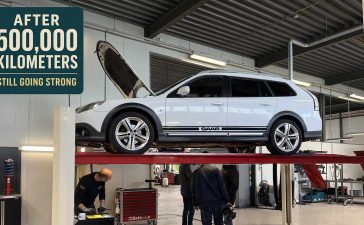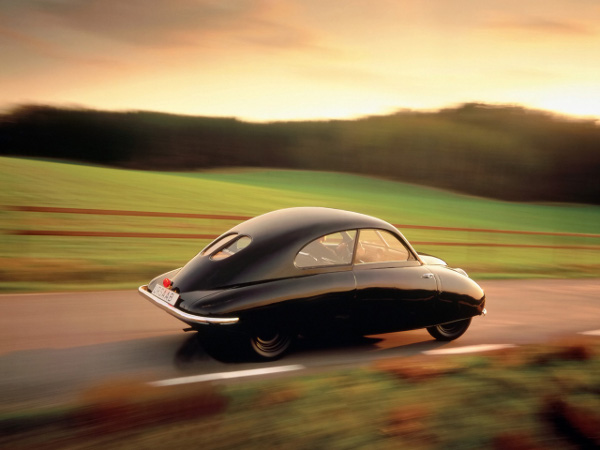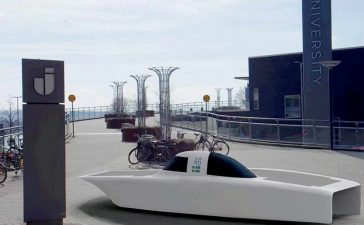Table of Contents
- 1 Introduction: Saab’s diesel Aero that never made it to America
- 2 A closer look at the twin-turbo heart
- 3 Performance that mattered beyond the spec sheet
- 4 Diesel dynamics: why the TTiD drives differently
- 5 Real-world experiences: thousands of miles without issues
- 6 Saab’s underground engineering rebellion
- 7 The twin-turbo diesel in context: what could have been
- 8 Saab’s diesel Aero — the Aero you never knew
Introduction: Saab’s diesel Aero that never made it to America
For most Saab fans in North America, the words “Aero” and “turbo” instantly evoke images of high-revving petrol engines, front-wheel-drive punch, and a heritage of turbocharged innovation. What many US enthusiasts don’t know is that one of the most technically advanced Aero models ever built didn’t run on gasoline at all — it ran on diesel, and not just any diesel, but a twin-turbocharged 1.9-liter powerhouse.
The Saab 9-3 Aero TTiD, introduced in Europe in 2008, was a unique creation in the history of the Swedish brand: the only Saab engine to ever receive a factory twin-turbo set-up. Ironically, it arrived at a time when Saab’s future was uncertain, its parent company GM was bleeding cash, and the US market was never considered for this model.
This article is a tribute to the Saab 9-3 Aero TTiD — a car that blended efficiency, torque, and Saab driving dynamics like no other — and yet remained a European secret.
A closer look at the twin-turbo heart
At the core of the Aero TTiD lies an engine that deserves more recognition. The 1.9-liter four-cylinder diesel, technically known as the Z19DTR/A19DTR 1910cc platform (also A20DTR 1956 cc), was the result of a joint venture between Fiat Powertrain Technologies and General Motors, initially used in Fiat, Opel, and Alfa Romeo vehicles. However, the TTiD setup — featuring a two-stage turbocharging system — was a Saab-exclusive configuration developed in Trollhättan.
The numbers were impressive for 2008:
- 180 hp (132 kW) at 4,000 rpm
- 400 Nm (295 lb-ft) of torque at 1,850 rpm
- 0–100 km/h (0–62 mph) in 8.27 seconds
- Top speed of 226 km/h (140 mph)
The secret behind this engine’s magic was its sequential twin-turbo setup. A small turbocharger provided instant low-end boost from as little as 1,400 rpm, eliminating the dreaded diesel lag. As revs climbed, a larger turbo took over, delivering sustained power up to the 4,800 rpm redline.
This technology, at the time, was extremely rare in the diesel passenger car segment. As Italian readers rightly commented on the original infographic article by Passione Motori, outside of a few niche models like the BMW and some Range Rover diesels, twin-turbo diesel setups were practically non-existent.
No petrol-powered Saab ever received a twin-turbo. The Aero TTiD was the only one.
👉 Read more about the technical background here:
The Story Behind Saab’s TTiD Engine
Performance that mattered beyond the spec sheet
The Aero badge wasn’t there for marketing — this diesel sedan could easily embarrass many petrol-powered rivals of its time. Real-world tests demonstrated that the TTiD could accelerate from 80 to 120 km/h in 11.6 seconds in sixth gear — a figure many V6 petrol sedans couldn’t match without downshifting.
At the same time, as other Saab cars, it is very tunable to 200 plus hp, common rails are much more tunable than older diesels. “Ordinary” remapping receives nearly +20 HP and +30Nm:
- Hirsch Performance 200hp/430Nm
-
Nordic Tuning Dalarna Stage 1 220hp/460Nm
- Maptun Performance 210 Hp/450Nm
- BSR 210 Hp/450Nm
Below you can see the acceleration after remapping, factory acceleration from 0 to 100 km/h (0-60 MPH) is declared to 8.6 seconds, and as you can see afeter remapping it is 7.11 seconds:
Braking was equally competent. The official data shows a stopping distance of 40.1 meters from 100 km/h to zero, thanks to powerful 314mm disc brakes and well-tuned chassis balance.
But raw numbers miss the bigger picture. The Aero TTiD wasn’t just a diesel sedan; it was a Saab diesel sedan. That meant a chassis tuned to communicate, a steering setup that gave clear feedback, and a suspension that made even mundane drives engaging.
One Italian owner summarized it perfectly: “Beautiful, black, with automatic gearbox and leather seats with 18” wheels. Like on rails, a monster of an engine, always ready.”

Diesel dynamics: why the TTiD drives differently
Saab’s engineers achieved something few manufacturers managed at the time: they made a diesel sedan drive like a turbocharged Saab should. The 400 Nm of torque at low revs meant the Aero TTiD felt quick and effortless in daily driving. It didn’t require wringing out the engine like a petrol turbo — the power was always there, even when lazily cruising in high gears.
The Aero TTiD excelled at long-distance highway driving. At 130 km/h (80 mph), the engine sat at 2,310 rpm in sixth gear, consuming fuel at an average of 7.0 L/100 km (33.6 mpg US) and keeping interior noise at a quiet 71.4 dB.
That combination of efficiency and torque is something American readers, used to Saab’s petrol performance, never experienced — because this car was never sold in the US.
Real-world experiences: thousands of miles without issues
As someone who personally owned a 2008 Saab 9-3 Vector SportCombi TTiD manual for nearly 10 years, I can attest to the reliability and brilliance of this platform. I covered over 100,000 km (62,000 miles) without a single major issue. The car demanded nothing more than routine maintenance.
Two years ago, I added another example to my garage — a 2011 Saab 9-3 Aero Griffin TTiD4 sedan with the newer eco-optimized version of the engine. Interestingly, despite being smoother and more economical, the original TTiD had more of that mechanical, visceral Saab character.
Many Italian readers shared similar stories in the comments on the infographic post:
- “After driving a 9-3 TTiD Aero for ten years and 350,000 km, I loved it so much I bought another one in 2024.”
Commonly reported weaknesses included driveshaft wear on high-mileage cars, but mechanically, these engines proved robust and efficient.
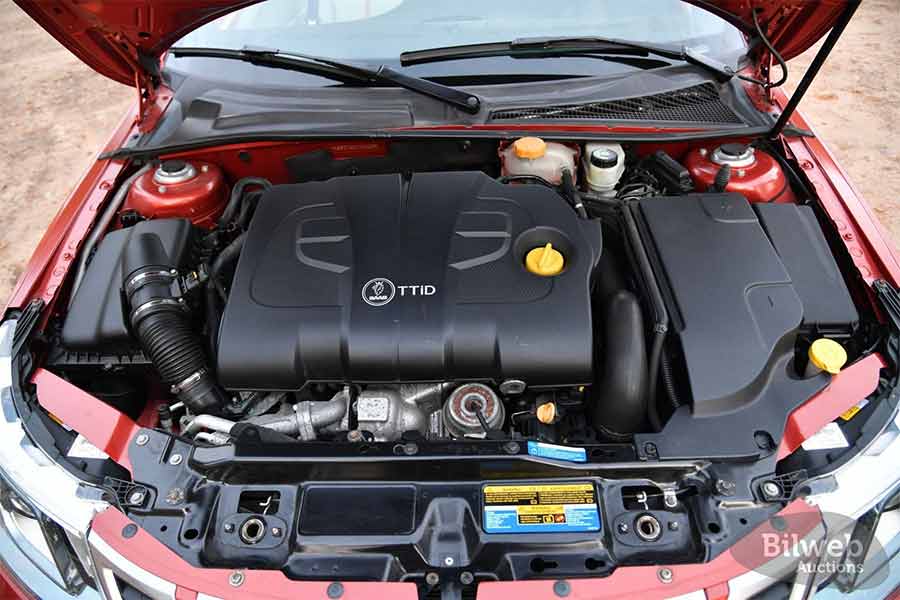
Saab’s underground engineering rebellion
What makes the TTiD story even more fascinating is how it came to be. When GM took full control of Saab in the early 2000s, diesel development was not a priority. GM wanted to phase out diesel offerings, seeing them as obsolete. But in Trollhättan, Saab engineers secretly worked on improving the diesel variant behind GM’s back.
Their goal was ambitious: to create a diesel 9-3 sedan that would comply with Europe’s strict 120 g/km CO2 emission limit without compromising performance. They lightened the car, optimized aerodynamics, recalibrated the engine, and adjusted gearing. While the Sedan variant achieved the target, the heavier SportCombi fell slightly outside the emission threshold.
This was classic Saab: doing the right thing the hard way, even when management said no.
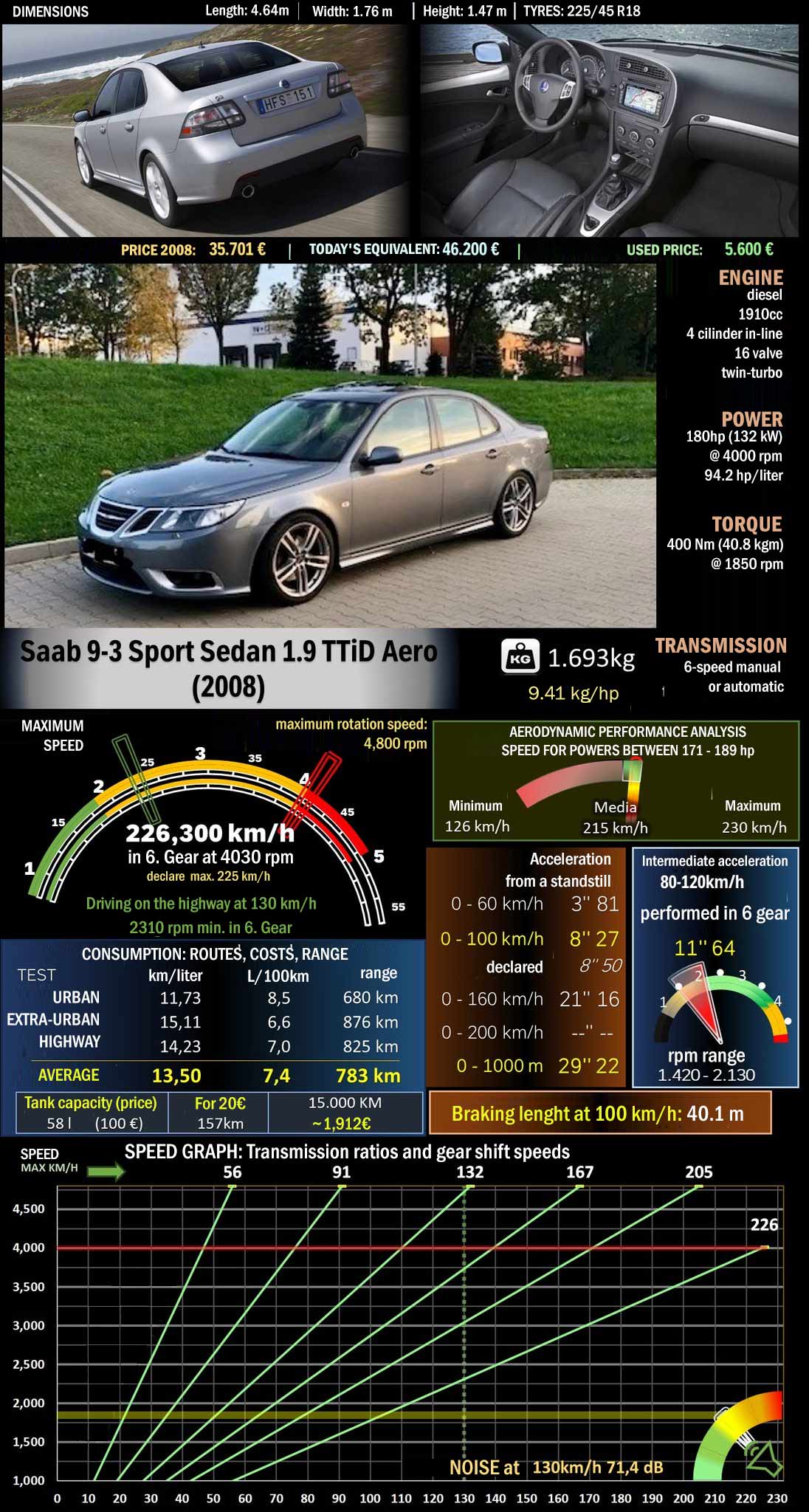
The twin-turbo diesel in context: what could have been
Looking back, the Saab 9-3 Aero TTiD was a missed opportunity for Saab’s global strategy. As several Italian readers rightly pointed out, Fiat never properly exploited this platform, and GM’s priorities ignored its potential.
In an alternate timeline, the TTiD could have made its way to North America, possibly in Cadillac BLS or Buick models. But instead, it became a European “secret”, cherished by a small but loyal group of enthusiasts.
Saab’s diesel Aero — the Aero you never knew
The Saab 9-3 Aero TTiD stands today as one of the most fascinating contradictions in Saab’s history. It’s a high-performance diesel sedan with a twin-turbo heart, born from engineering stubbornness and passion, a car that should have been a global success but remained a European curiosity.
For American Saab enthusiasts, this is the Aero they never got — but one that perfectly embodied the brand’s rebellious spirit and engineering creativity. If you ever get the chance to drive one, you’ll understand why many of us still mourn not just Saab, but what could have been.



